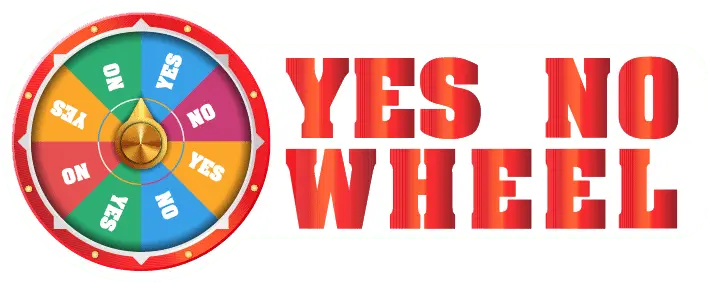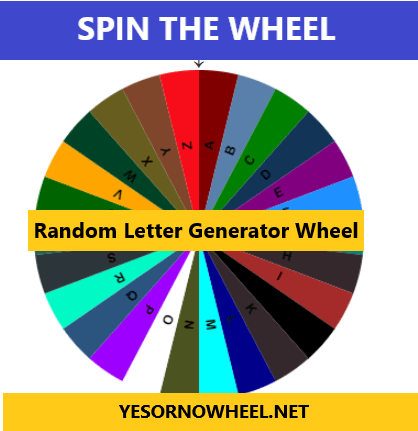Leave It to Chance with Coin Flip Head or Tails Online Wheel – Quick and Easy!
Coin Flip Coin Flip Head or Tails
Are you looking for a fun and interactive way to make decisions? Look no further than the coin flips online wheel! This simple tool is perfect for those needing little help making choices. Whether you’re deciding what to eat for dinner or which movie to watch, the Coin toss web based wheel can help make the decision-making process more exciting.
Regarding the alternative side of the activity, the team or the group of people has ensured the development of the coin flip for a wide range of people to get easy access and flip the coin online terms. The coin has been considered different from the other nature of the traditional coin. The person can ensure the changing of the tails and the heads texts along with the colors of the heads or the tails to be chosen.
How Does the Coin Flip Online Wheel Work?
The coin is a virtual wheel you can spin to make decisions. Enter your options, and the wheel will randomly select one. It’s like flipping a coin with more options and a fun visual Result on your screen.
To use the coin flip online wheel, follow these simple steps:
- Enter your options into the wheel. You can enter as many options as you like.
- Click the “Spin” button to spin the wheel.
- Wait for the wheel to stop spinning. The selected option will be highlighted.
- Make your decision based on the option that was selected.
Why To Use ?
You should use the coin flip online wheel for many reasons. Here are just a few:
- It can make decision-making more exciting: Let’s face it, making decisions can be boring. But when you use the coin flip online wheel, it adds an element of fun and excitement to the process.
It’s quick and easy: The Web-based coin flip application is incredibly simple. All you have to do is enter your options and spin the wheel.
- It can help you make tough decisions: Sometimes, making decisions can be difficult. The coin flips online wheel can help remove some of the pressure and simplify decision-making.
- It’s free: Unlike some decision-making tools, the coin flips online wheel is completely free.
Examples of When to Use :
When to use the coin flip online wheel? Here are some examples:
- Deciding what to eat for dinner: If you’re having trouble deciding what to eat for dinner, enter your options into the coin flip online wheel and let fate decide.
- Choosing a movie to watch: Can’t decide which movie to watch? Enter your options into the coin, flip the online wheel and let it decide for you.
- Deciding which outfit to wear: If you’re having trouble deciding what to wear, let the coin flip online wheel choose your outfit for the day.
- Making important decisions: While the coin flips online wheel is great for making small decisions, it can also be used for more important decisions. For example, if you’re trying to decide between two job offers, you could enter the options into the wheel and let it decide for you.
Tips for Using :
Here are some tips to help you :
- Use it for small decisions: It can be used for important decisions, it’s best to use it for smaller decisions. For example, use it to decide what to eat for lunch rather than which job offer to accept.
- Don’t rely on it too heavily: While the coin flips online wheel can be a fun and useful tool, it’s important not to rely too heavily. Ultimately, you should make decisions based on what’s best for you.
- Try different options: Feel free to enter different options into the wheel and see what happens. You never know what decision the wheel might make!
Conclusion
The coin flips online wheel is a fun and interactive tool that can help make decision-making more exciting. Whether you’re deciding what to eat for dinner or which movie to watch, the coin flip


